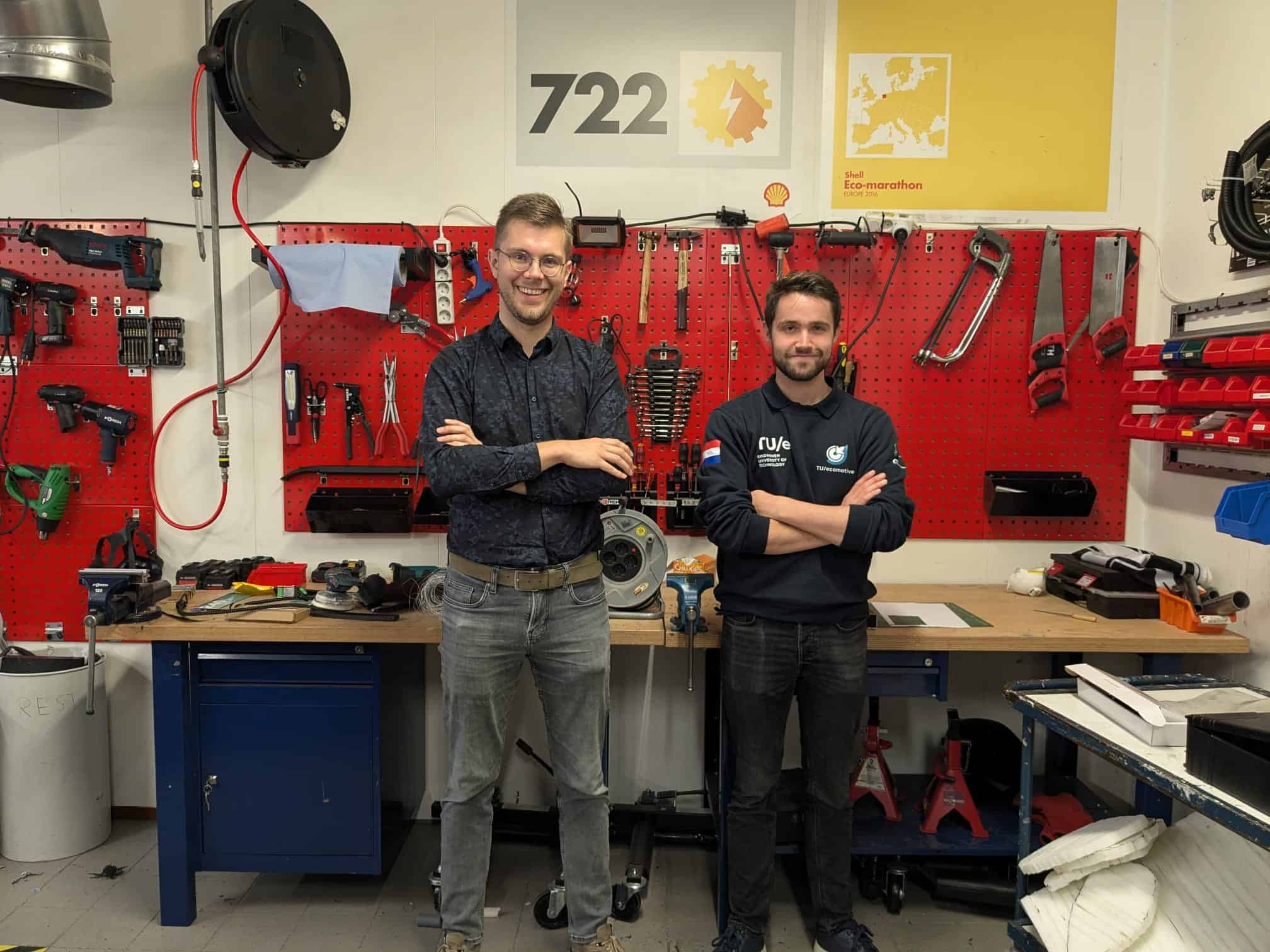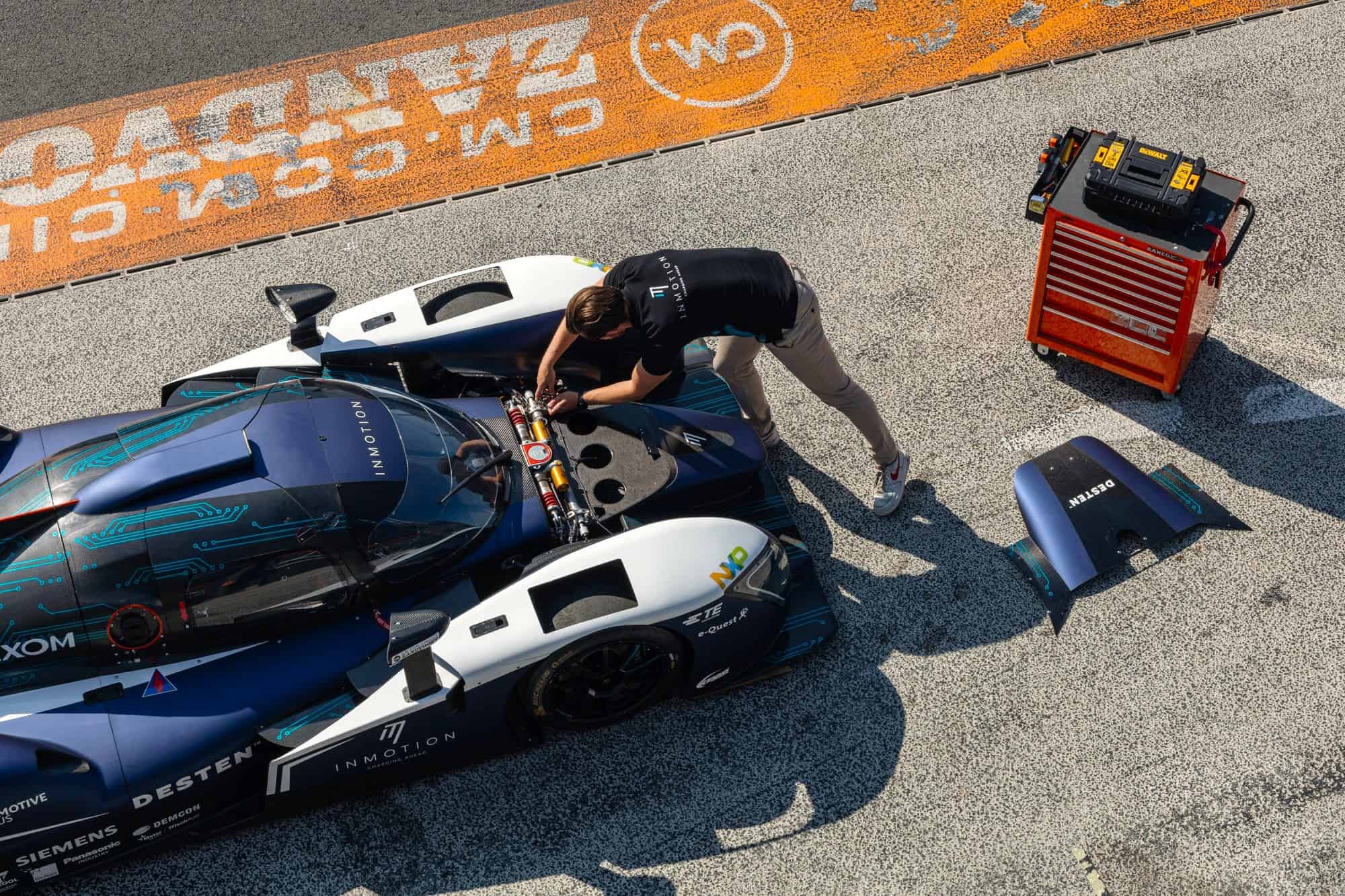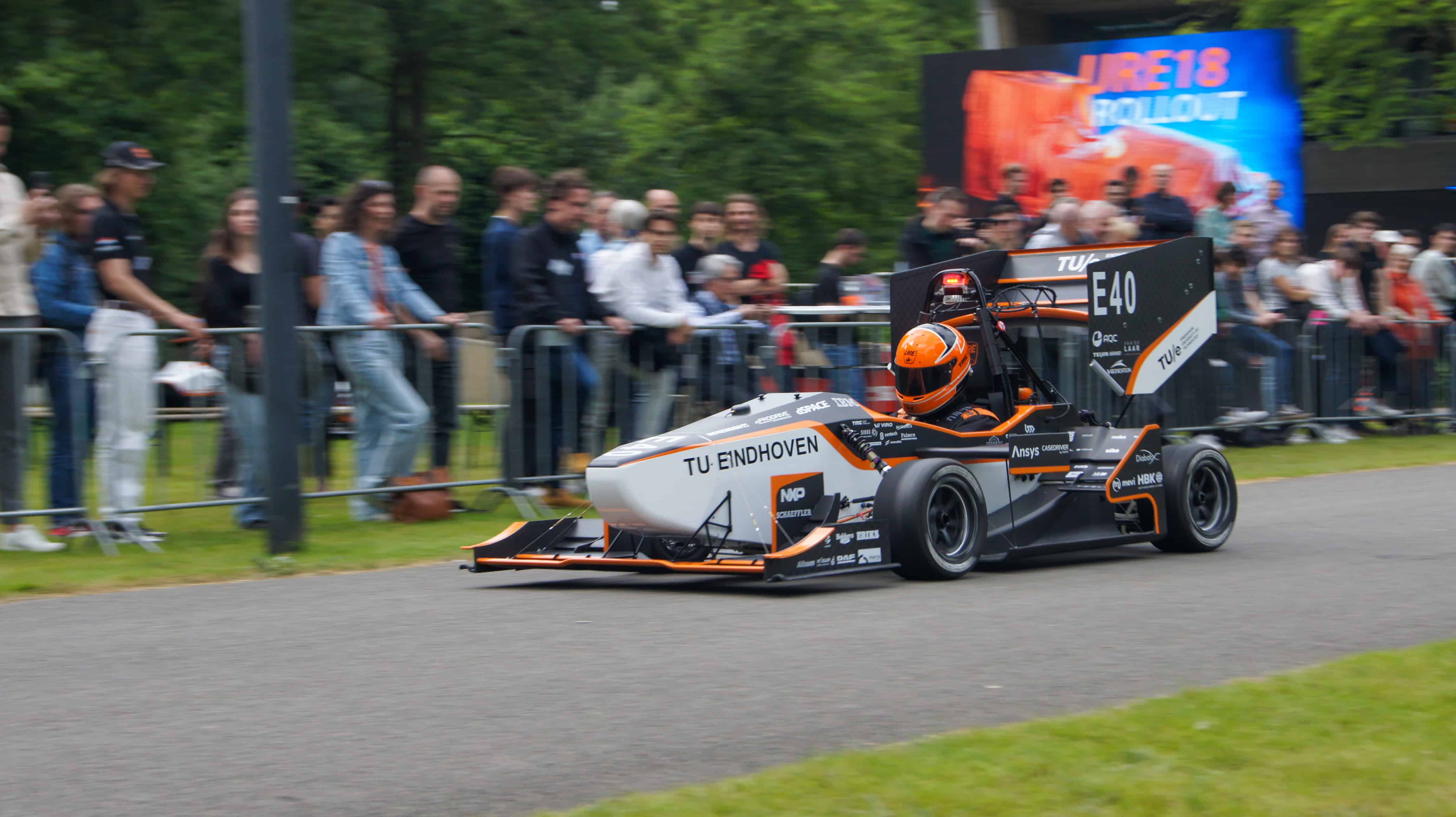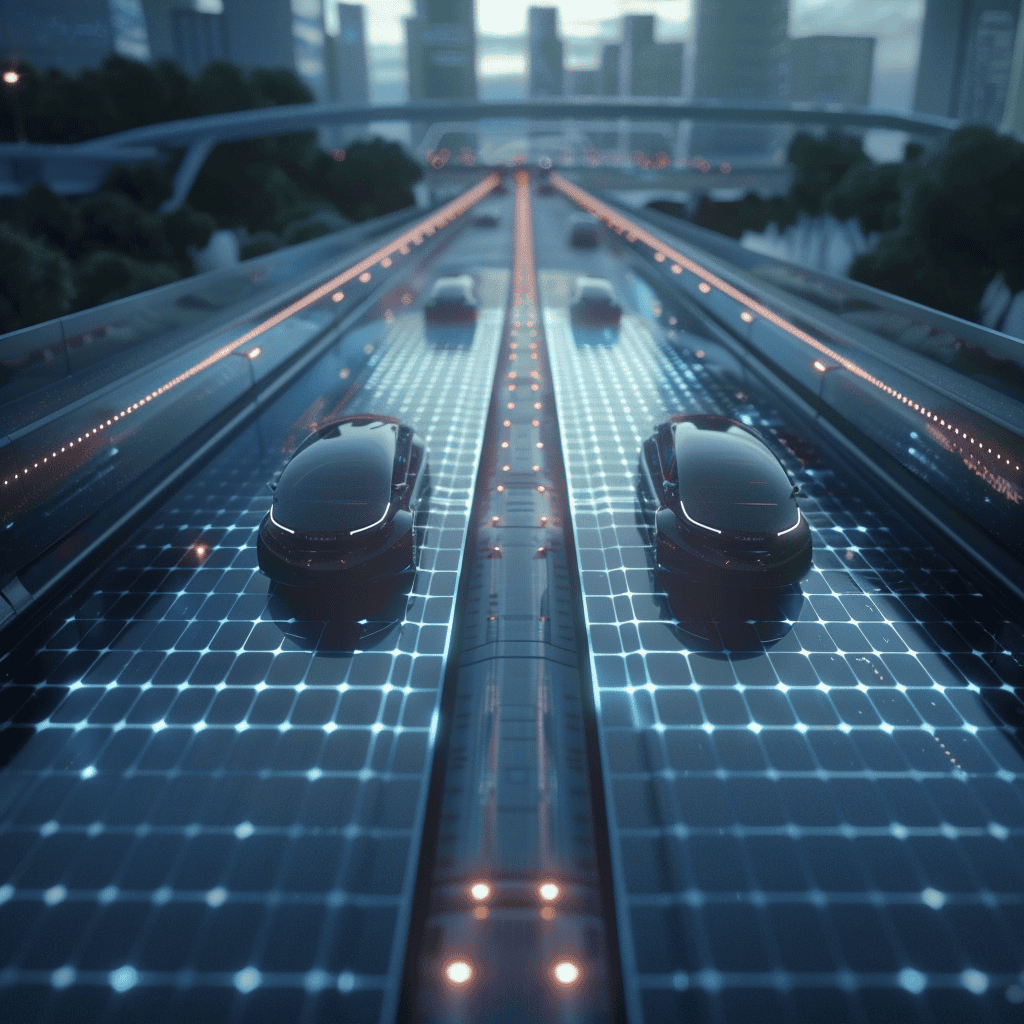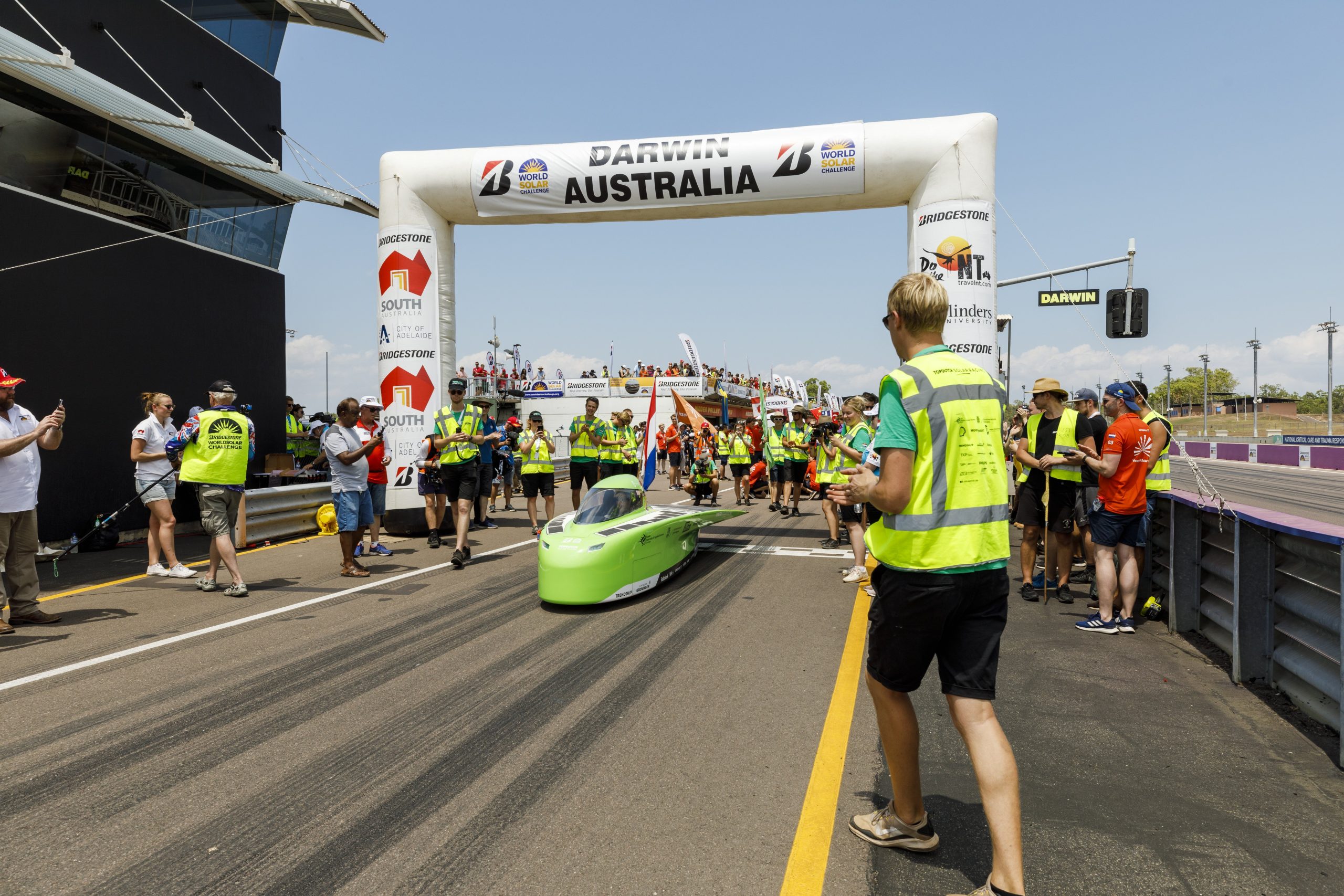
Last night, hopefully while you were still fast asleep, the sun was already blazing in Darwin, Australia. At half past eight in the morning local time, the starting shot sounded for the first solar car in the World Solar Challenge. The ‘newcomers’ from the North of the Netherlands qualified yesterday for the pole position by setting a track record in Darwin. “We have shown right away that other teams have to take us seriously,” Eline Hestra from the Top Dutch Solar Racing team says while in Australia. An hour later, the last of almost fifty solar cars also set course towards the finish line, 3000 kilometers away in Adelaide.
For more than two years, 26 students from Hanze University Groningen, University of Groningen, Noorderpoort and Friesland College have been working on the further development of each their cars. This is the first time that they have taken part in the Solar Challenge. “A few team members went to the previous event for input and ideas for our car. We also looked at the other Dutch teams to see how they were going about it.” But Hestra assures us that the team did not ‘cheat’. “There’s no fun in that. Our engineers had a good look around and tried out a great deal. In the end, they made their own decisions.”
Those decisions turned out to be successful. Because on Friday, the team was able to pass the final inspections remarkably easily. “It was very exciting and to be honest, we were quite surprised how fast this went. The inspection team stated that they were impressed by the car. A really fantastic compliment, of course,” Hestra explains. It was even more exciting because the team designed their own battery system that had to be tested extensively for the sake of safety.

From eight o’clock in the morning until five o’clock in the afternoon, about fifty solar cars in three different classes are driving through the outback of Australia. “It’s the first time for us. Other teams have the advantage that they know how to better manage the race.” The teams have to go through checkpoints every day whereby all of the cars are inspected. “You can also replace parts or repair things there. We all have to do this as efficiently as possible. Off the top of my head, there are about nine stops. So, if you waste five minutes at each stop, you’ve already lost 45 minutes.”
Hestra doesn’t dare say if her team has a chance of winning: “Of course we will do everything we can. We’ve been working hard on this for a while now. A track record like that is great and proves that we are serious. Everybody gotten a bit nervous the past few days. You can feel the tension in the air. But no matter how well prepared we are, a lot can still go wrong along the way. We try to take this into account as well. We have spare parts. Plus while we were building the car, we sought out parts that can be easily repaired.”
The other Dutch teams had a less than flawless preparation. A solar panel broke during the transport of the Eindhoven Solar Team car. And last Wednesday during a test drive, the TU Delft car crashed into the guardrail. The driver escaped with just a fright. Nevertheless, there was a lot of tinkering going on in the past few days to get the car to the starting line on time. The race ends in Adelaide on October the 20th.





